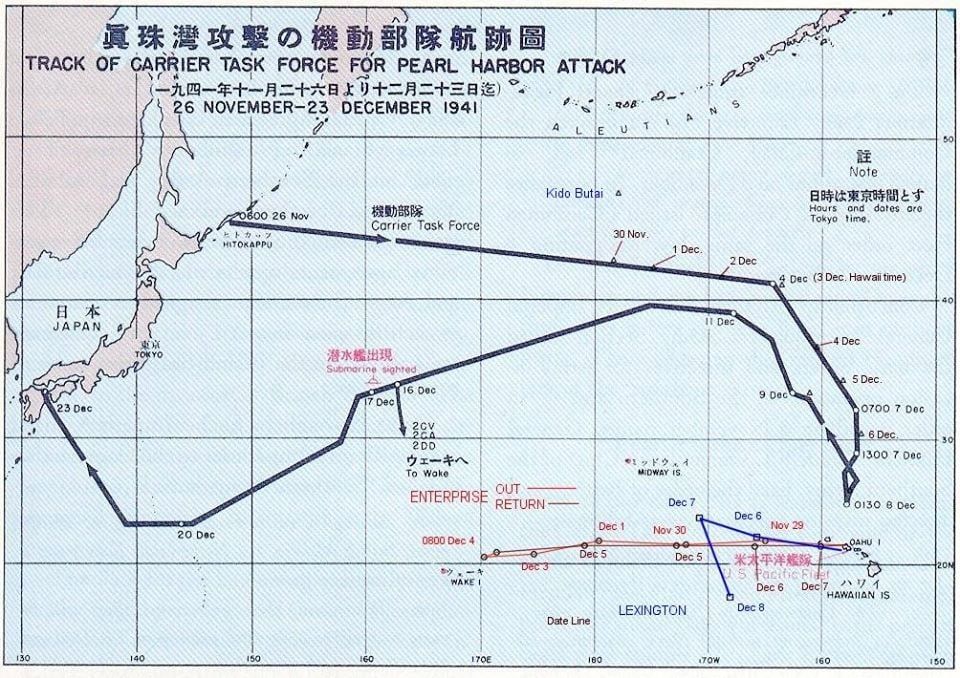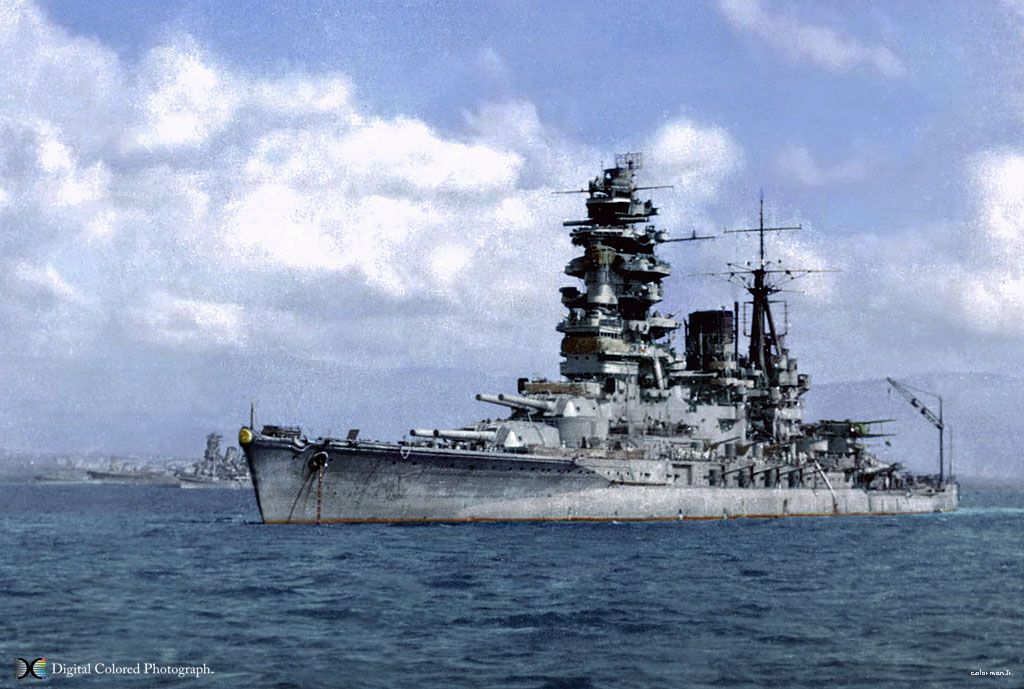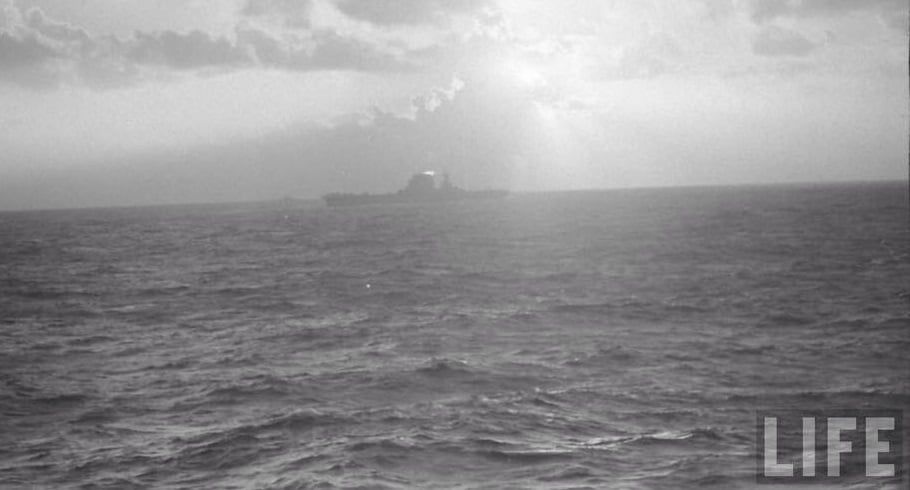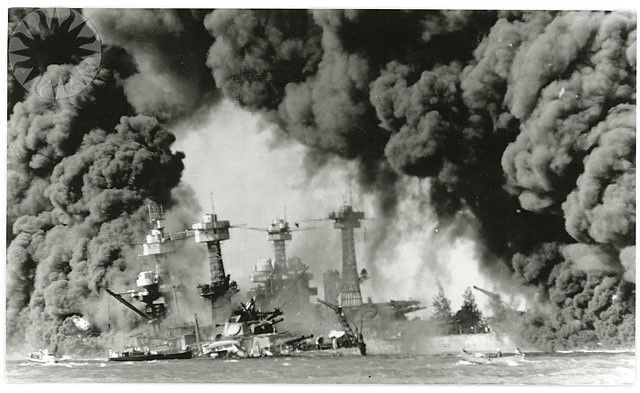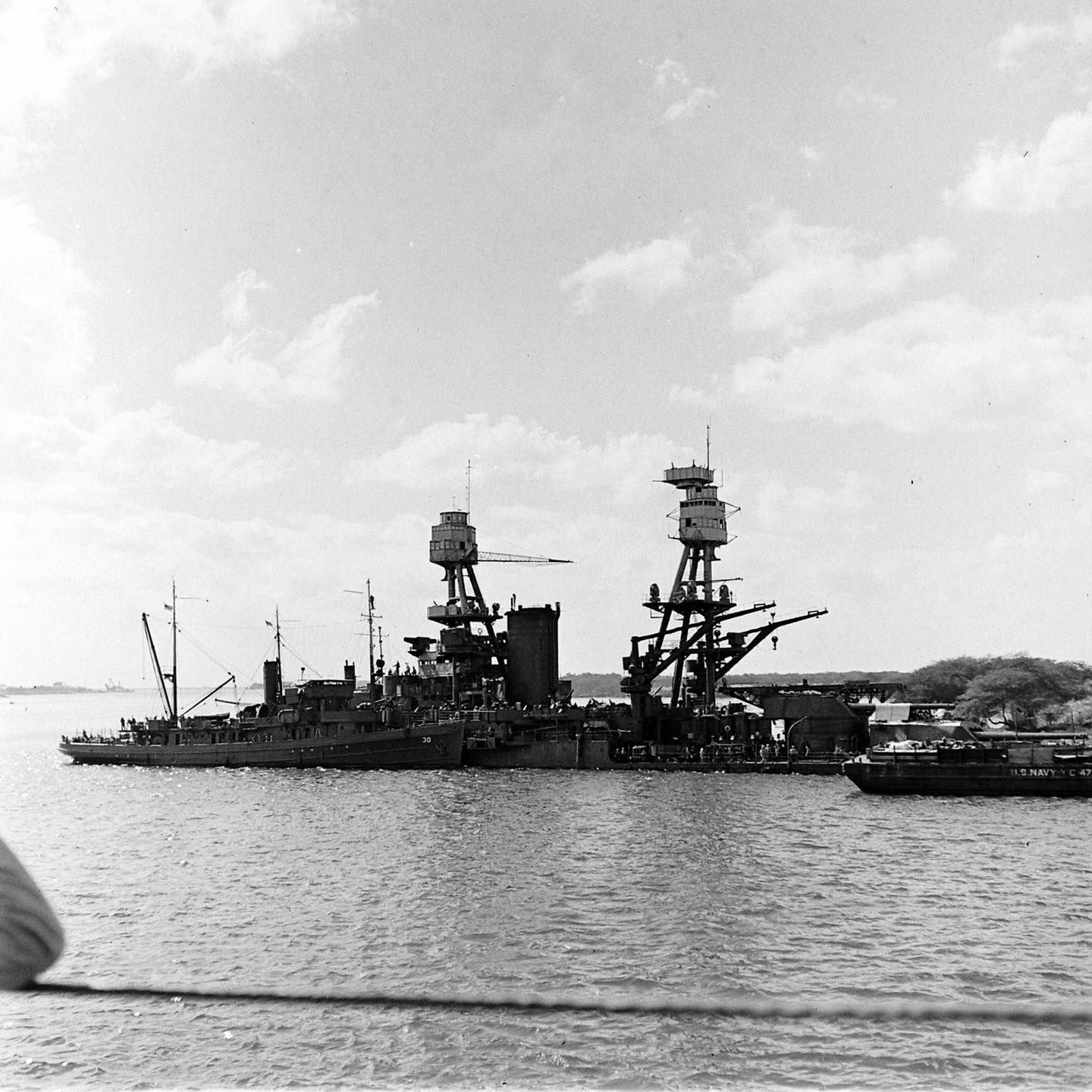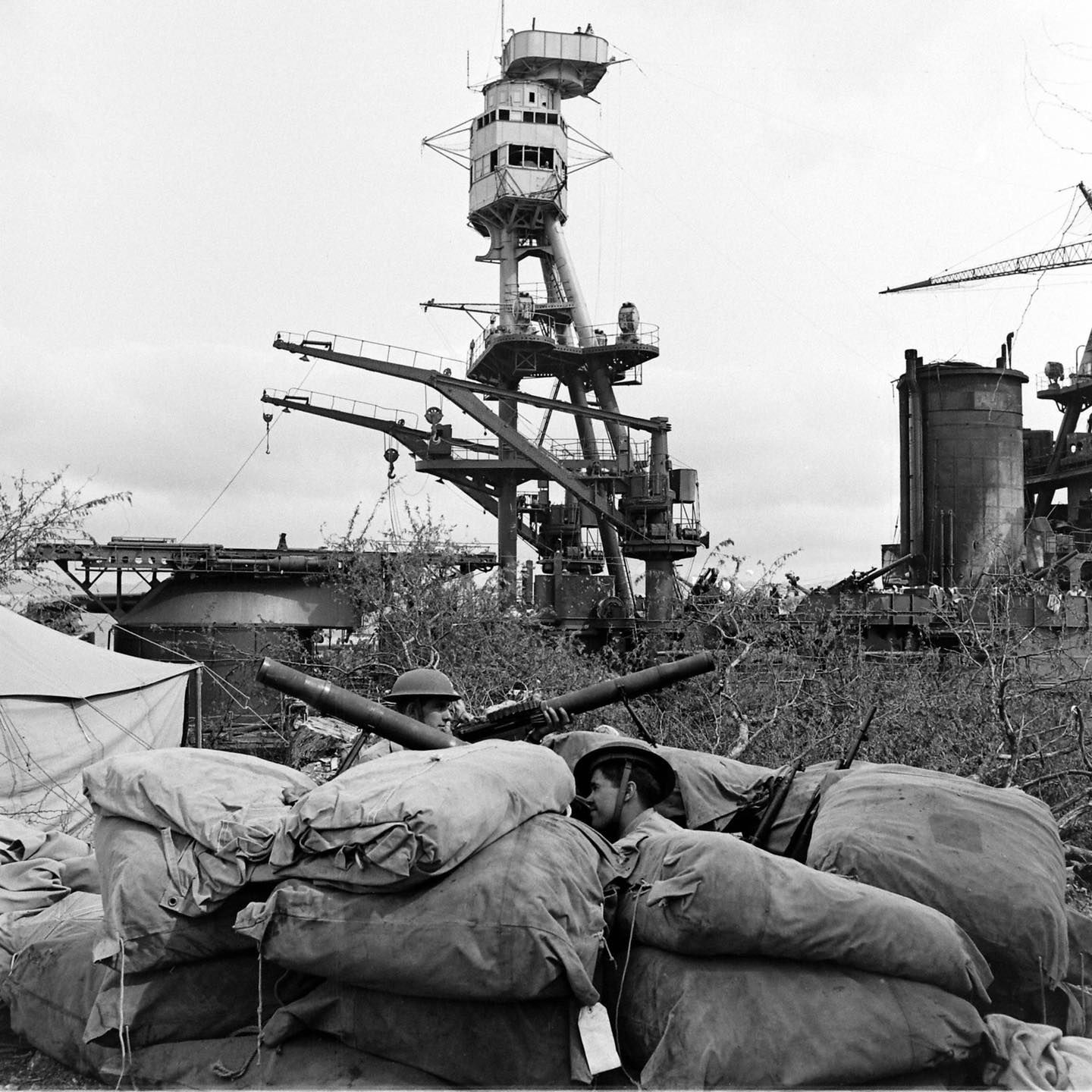The Bataan Death March (Filipino: Martsa ng Kamatayan sa Bataan; Japanese: バターン死の行進, Hepburn: Batān Shi no Kōshin) was the forcible transfer by the Imperial Japanese Army of 60,000–80,000 Filipino and American prisoners of war from Saisaih Point, Bagac, Bataan and Mariveles to Camp O’Donnell, Capas, Tarlac, via San Fernando, Pampanga, where the prisoners were loaded onto trains. The transfer began on April 9, 1942, after the three-month Battle of Bataan in the Philippines during World War II. The total distance marched from Mariveles to San Fernando and from the Capas Train Station to Camp O’Donnell is variously reported by differing sources as between 60 mi (97 km) and 69.6 mi (112.0 km). Differing sources also report widely differing prisoner of war casualties prior to reaching Camp O’Donnell: from 5,000 to 18,000 Filipino deaths and 500 to 650 American deaths during the march. The march was characterized by severe physical abuse and wanton killings, and was later judged by an Allied military commission to be a Japanese war crime.
https://en.wikipedia.org/wiki/Bataan_Death_March
Considered a war crime, the Bataan Death March was a dark day in the US Army’s history as well as a black page of World War II.
Do you guys believe that this WAS truly a war crime or not?
Do you guys think that it compares to Germany’s war crimes in the European Theater?
I know that this is a touchy subject, but im looking for opinions and objectivity.
